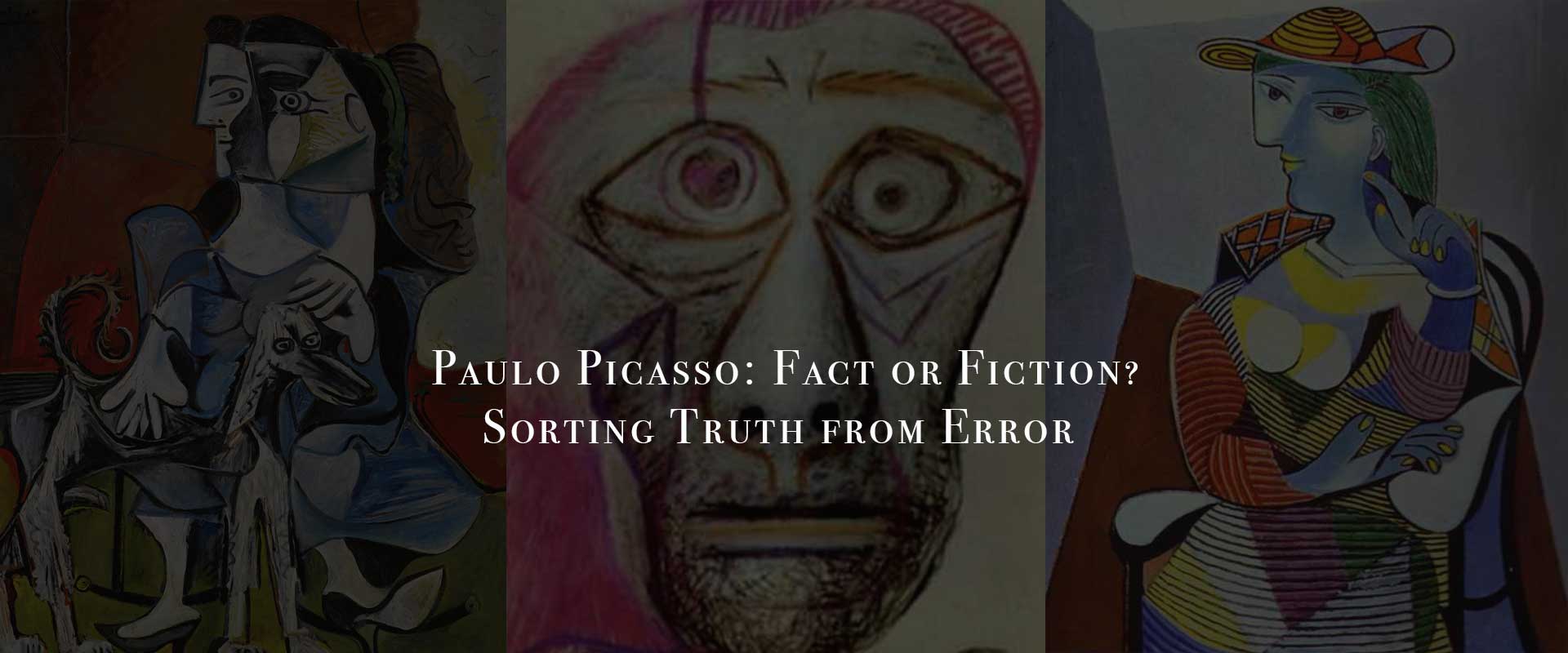The name Paulo Picasso sometimes appears in online searches, books, or casual conversations. But does such a figure exist? The answer is no—Paulo Picasso is a mistake, a blending of misremembered spelling and phonetic guesswork. The real artist is Pablo Picasso, the Spanish genius who shaped 20th-century modern art.
Understanding why “Paulo Picasso” surfaces so frequently means exploring cultural confusion, search habits, and the importance of accuracy in art history. Sorting truth from error helps preserve Picasso’s legacy while also highlighting how language can distort memory.
Where Did “Paulo Picasso” Come From?
The mistaken version “Paulo” instead of “Pablo” arises from several causes:
- Language Similarities: In Portuguese and Italian, Paulo is a common form of the name Paul, while Pablo is Spanish.
- Phonetic Confusion: Non-Spanish speakers often adapt unfamiliar names to something that sounds more familiar.
- Typing Errors: When searching online, slight changes in spelling or auto-corrections may produce “Paulo.”
- Search Trends: Online data shows that thousands of people each month type “Paulo Picasso” when looking for the artist.
This reveals how linguistic habits shape public understanding of even the most famous cultural figures.
Pablo vs Paulo: Why Accuracy Matters
While Paulo Picasso is a common slip, Pablo Picasso is the historically correct name. He was born Pablo Diego José Francisco de Paula Juan Nepomuceno Crispín Crispiniano María Remedios de la Santísima Trinidad Ruiz Picasso in Málaga, Spain, in 1881.
By choosing his maternal surname “Picasso” over the more common “Ruiz,” he created a distinct identity that became one of the most recognizable names in art history. As explained in Pablo Picasso Full Name and the Meaning Behind It, this decision reflected both tradition and deliberate self-branding.
Using “Paulo” instead of “Pablo” erases this cultural and personal history.
Why the Right Name Is Essential
- Art Market Accuracy: Auction houses and galleries list works only under “Pablo Picasso.”
- Museum Catalogs: Global museums such as MoMA, the Musée Picasso in Paris, and the Museo Reina Sofía in Madrid catalog works under the correct name.
- Scholarship: Academic texts and art history studies rely on precise spelling for credibility.
- Search Engine Optimization: Searching “Paulo Picasso” reduces access to authoritative sources, while “Pablo Picasso” leads to comprehensive results.
- Cultural Respect: Using the correct name honors the artist’s heritage and legacy.
Comparison: Paulo Picasso vs Pablo Picasso
| Term | Accuracy | Cultural Meaning | Recognition | Search Trend |
|---|---|---|---|---|
| Paulo Picasso | Incorrect | Misapplied name | None in art world | Moderate, as a typo or confusion |
| Pablo Picasso | Correct | True name of the Spanish artist | Universal recognition | Very high, global standard |
This shows clearly that Paulo is fiction, while Pablo is fact.
Picasso’s Legacy That Should Not Be Misspelled
Picasso’s contributions to art include movements and masterpieces that reshaped creativity:
- Les Demoiselles d’Avignon (1907), the foundation of Cubism
- Guernica (1937), a searing anti-war protest
- The Weeping Woman (1937), emotional companion to Guernica
- The Old Guitarist (1903), a Blue Period masterpiece
- Three Musicians (1921), a colorful example of Synthetic Cubism
These works, celebrated globally and explored in Pablo Picasso Artworks in Museums Around the World, belong to Pablo, not Paulo.
Hidden Search Trend: Why “Paulo Picasso” Persists
While incorrect, “Paulo Picasso” continues to appear online because:
- It reflects common language substitutions.
- Search engines sometimes auto-complete errors.
- Content creators may intentionally include it to capture traffic.
This makes “Paulo Picasso” both a mistake and an accidental keyword trend. Similar patterns happen with “Picaso,” “Piccaso,” and “Piccasso,” as discussed in Piccaso vs Picasso: Why Spelling Matters in Art Searches.
How to Avoid the Error
- Remember: “Pablo” is Spanish, “Paulo” is Portuguese.
- Associate his name with Spain—Barcelona, Málaga, and Madrid are part of his story.
- Bookmark trusted resources such as Pablo Picasso Wall Art Prints for reference.
- Rely on museum websites for the correct name.
- Think of his signature—he always signed as “Picasso,” never “Picaso” or “Paulo.”
Conclusion
The debate over Paulo Picasso vs Pablo Picasso highlights how even small linguistic slips can distort cultural memory. Paulo Picasso is fiction, a mistaken name shaped by phonetics and search trends. The fact remains: the world’s most influential modern artist was Pablo Picasso, whose works reshaped the boundaries of creativity and whose name continues to symbolize innovation and genius.
In the digital age, accuracy matters more than ever. By using the correct name, we not only respect Picasso’s legacy but also ensure that we access the full depth of his art, history, and influence.
FAQs on Paulo Picasso
Does “Paulo Picasso” refer to a real person?
No. The correct name is Pablo Picasso. “Paulo” is a misspelling or phonetic confusion.
Why do people type “Paulo Picasso” instead of “Pablo Picasso”?
Because “Paulo” is common in Portuguese or Italian, and many non-Spanish speakers mistakenly adapt the name.
Does Google correct “Paulo Picasso” searches?
Often, yes. But spelling it correctly ensures more accurate and authoritative results.
Did Picasso ever use “Paulo” as a name?
No. He always used “Pablo Picasso,” highlighting his maternal surname as part of his artistic identity.
Why is accurate spelling important when researching Picasso?
Because misspelling limits access to museum collections, scholarship, and reliable resources, and risks perpetuating errors.





